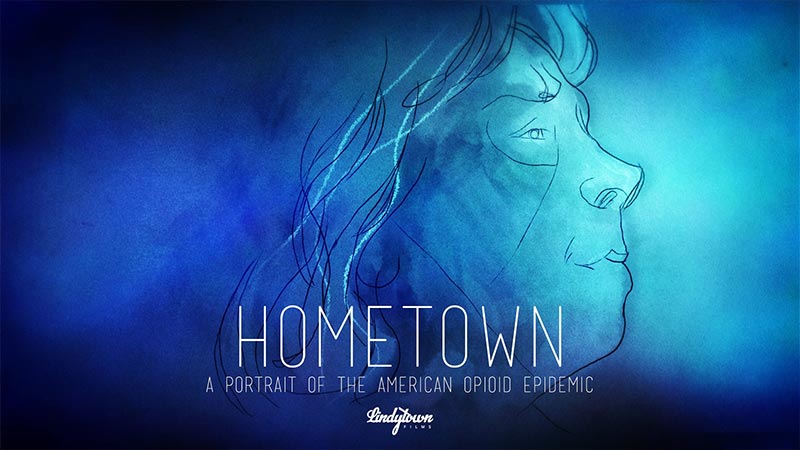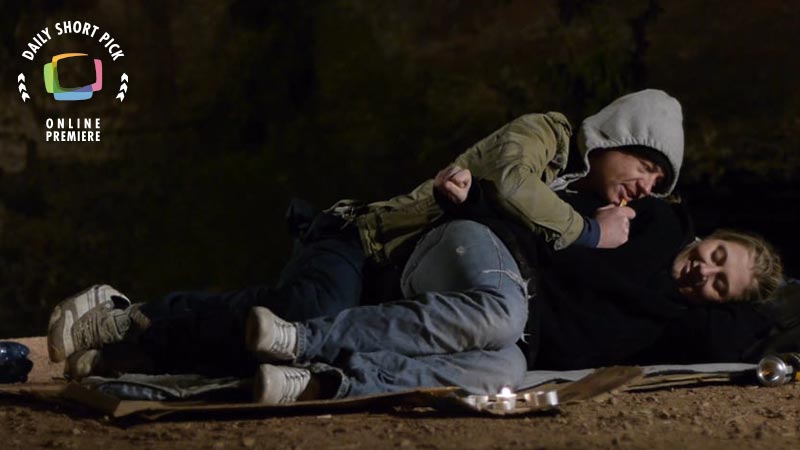Cities like Baltimore and Jackson have experienced epidemic levels of HIV+ diagnoses over recent years and African-American men who have sex with men are most at risk.
An abstract look at the lives of the men affected, by blending real
audio interviews with recreated scenes, we travel through the saturated dreamscape and nightmares of living as someone with a positive diagnoses.
Dealing with familial relationships, cultural norms and stigmas, and economic hardships can be difficult enough before learning that you’ve contracted a potentially deadly disease.
Director’s Notes
I felt it could be really powerful and visually dynamic to make an abstract expression of the feelings someone goes through in these moments. The piece would focus on vignettes based on the stories we heard from people in the community. The purpose was to bring the audience into the mind of our characters, and try to empathize with how it must feel to be vulnerable to such risks, and social pressures and stigmas.
We didn’t want it to come off preachy or overtly depressing. I wanted these moments to be authentic yet heightened, and focus on the internalized thoughts. How does it feel to get a phone call from someone saying they have a disease? To acknowledge your own health, mortality, and future happiness. How does it feel to be outcasted from your community? I wanted to explore the sense of anxiety when wondering what others think, worrying how someone will react to news they might not like, and struggling with a changing personal and social identity.
These are universal themes and everyone at some point in their life will deal with them. Yet we might not all face the same specifics of our characters. The interviews (as opposed to a written script) would help to personalize the stories. I wanted to hear their voices. We interviewed the cast and others from the community. I went down to Baltimore months after to get more audio and better understand the point of view of those affected. Although the statistics point to a demographic that is at higher risk, my main goal was to make these stories relatable emotionally.
As far as the photography and music, it was really important for them to feel consistent with the overall emotional tone. The cinematography would be raw, yet lush. The colors of the sets and wardrobe and locations chosen lend themselves to a contrast as different ideas swirl through our characters heads. From lust, to connection and friendship, to anxiety, to judgement, everything was chosen to represent an extreme version of what the character feels. But never desaturated, we’re forced into a world of bold emotion. The neon lighting (led actually) adds this electric buzz to our scenes, a sense of anxiety building, and skin crawling. The characters live in shadows, cut out from society, adding to the loneliness they feel in their own heads. Our Colorist from Company 3, Tyler Roth heightened this by implementing a grade that even knocked the wind out of me when I first saw it. He nailed it right on the head. The original score by Dan Teicher, does the same by implementing a sound that never feels heavy handed or too sad yet atmospheric and dreamy. When discussing with both of them I gave them no visual references or temp tracks but just described the way it should feel and grow and they really gave each a life of their own.
I hope our small attempt at this story opens some eyes to an issue getting very little attention and remind us that this fight is far from over. If you like the film please consider a donation to the UN AIDS Foundation.



